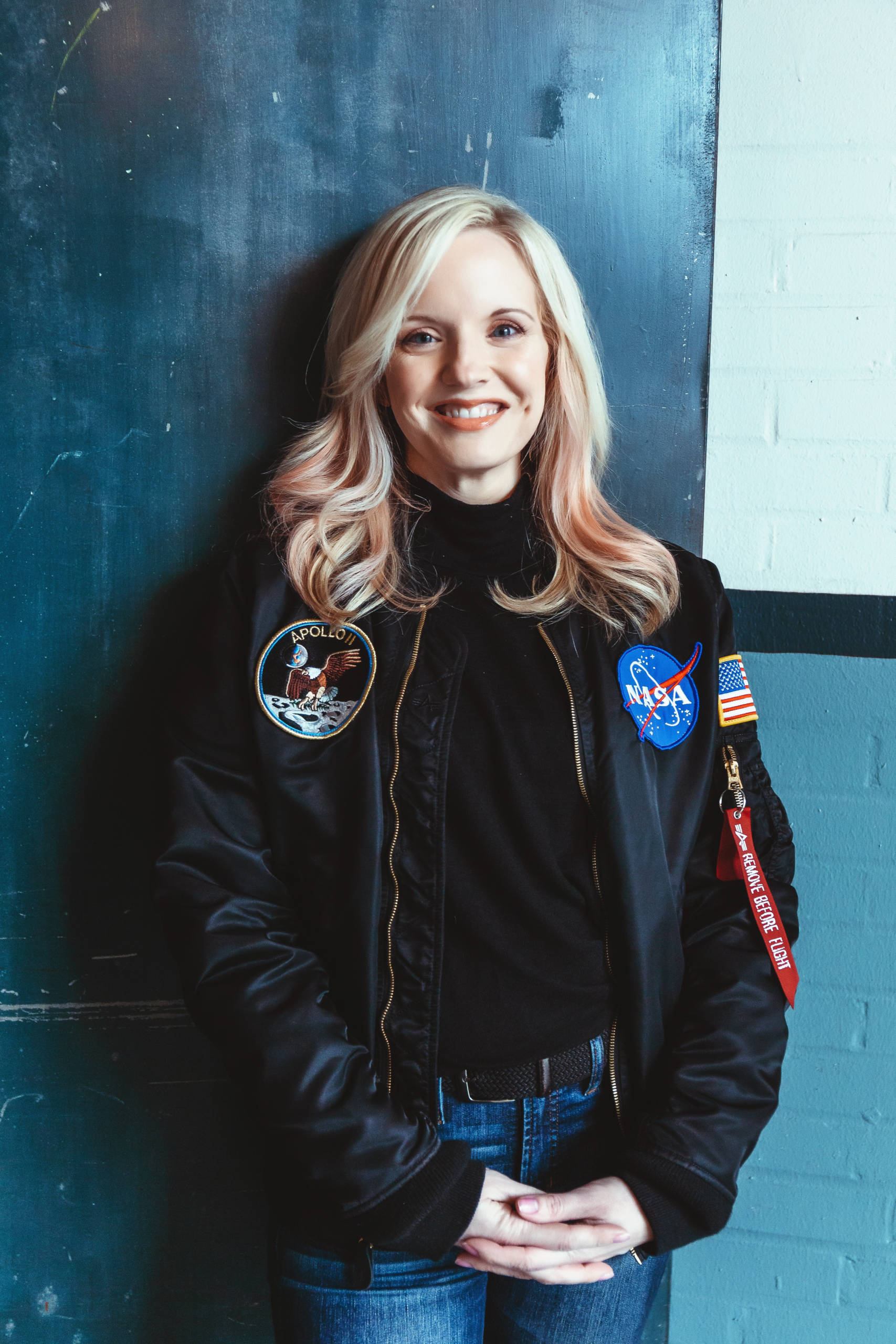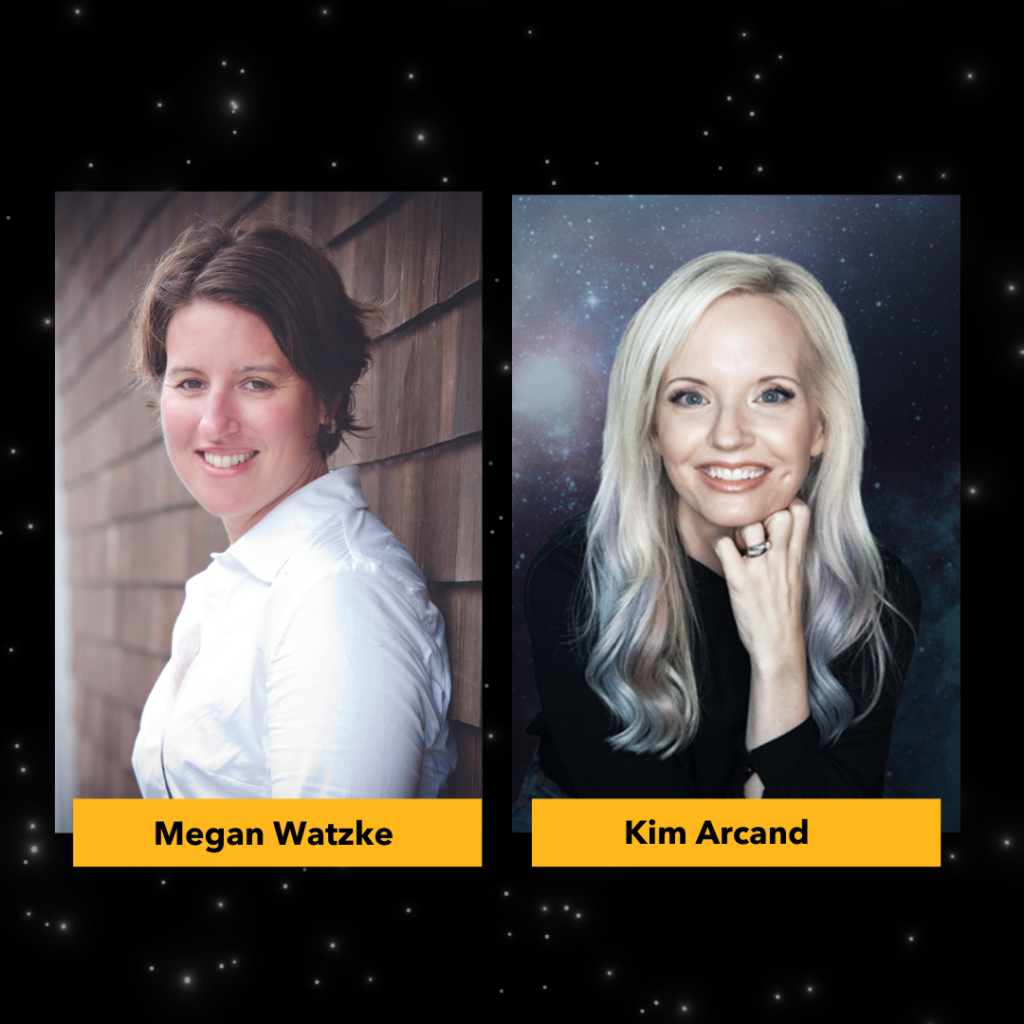I’ve been working for NASA’s Chandra X-ray Observatory since 1998, about a year before the mission launched into outer space to study our X-ray Universe (things like exploding stars, black holes, or colliding galaxies, for example).
X-rays are inherently invisible to the human eye. My area of expertise is the visualization of X-rays taken by this telescope in space. In other words, my job includes translating an invisible kind of light into something that can be seen generally in the form of astronomical images.
But I realized that that meant that I was only prioritizing people with sight and that I was doing a great disservice by not being more inclusive.
Accessibility shift: from tactile to audio
Fast forward a few more years and my team and I had figured out how to 3D print some of these cosmic objects, which felt like an exciting feat. However, the pandemic soon set in and access to 3D printing and equipment – not to mention mailing 3D prints or being in a room with other people to explore them – was incredibly difficult.
This made us pivot to focus on data “sonifications” where we were working with colleagues Matt Russo an Andrew Santaguida at SYSTEMS Sounds to create translations of the images into sound. This has been an exciting and rewarding project, but it is labor- and time-intensive and therefore not a real-time solution for all our images being released.
Around then, I was introduced to Christine Malec’s and JJ Hunt’s work. They were creating incredible materials on their “Talk Description to Me” podcast: visual descriptions that were a feat of storytelling, visual mapping and inclusion. This was the missing piece!
We worked together to create an accessible digital project that would help connect users –particularly those who are blind or have low vision – with the science of NASA’s Chandra X-ray Observatory.
Since January 2021, the project has provided verbal descriptions of high-energy astrophysics data (primarily images and data-driven movies or sonifications, as well as illustrations when required) as they are released. The information is provided in both text and audio formats, and used as alternative texts for web and social media platforms. The audio recordings have been concatenated into a podcast XML feed after obtaining user feedback.
Of her work with this project, Christine Malec says, “Making astronomy more accessible for the blind and low vision community is a real priority for me. I’ve been fascinated by astronomy and space exploration since I was a small child, but there were so few ways for me to learn about it. Sonifications and image descriptions are kind of a dream come true for me. I hope that blind kids growing up today with this material will take the idea of a career in STEM way more seriously than I did.”
The curb-cut effect: inclusive content helps everyone
These materials have also helped us learn how other Chandra captions or descriptions for non-experts can be better written for overall improvement to accessibility and inclusion.
In many ways, my job has changed over these last few years, but in others it has not. I am still seeking to make information available to as many people as possible. Today, however, we are trying to expand the list of senses that can be used, beyond just sight, so that more people can access the Universe we all live in.
About the author
Kim Arcand is the Visualization & Emerging Tech Lead at the Chandra X-Ray Center (CXC). To learn more about her, visit her website or follow her on Instagram and Twitter.
About the Chandra X-ray Observatory
NASA’s Chandra X-ray Observatory is a telescope specially designed to detect X-ray emission from very hot regions of the Universe such as exploded stars, clusters of galaxies, and matter around black holes. Because X-rays are absorbed by Earth’s atmosphere, Chandra must orbit above it, up to an altitude of 139,000 km (86,500 mi) in space.
The Smithsonian’s Astrophysical Observatory in Cambridge, Massachusetts, hosts the Chandra X-ray Center which operates the satellite, processes the data, and distributes it to scientists around the world for analysis. The Center maintains an extensive public web site about the science results and an education program.



